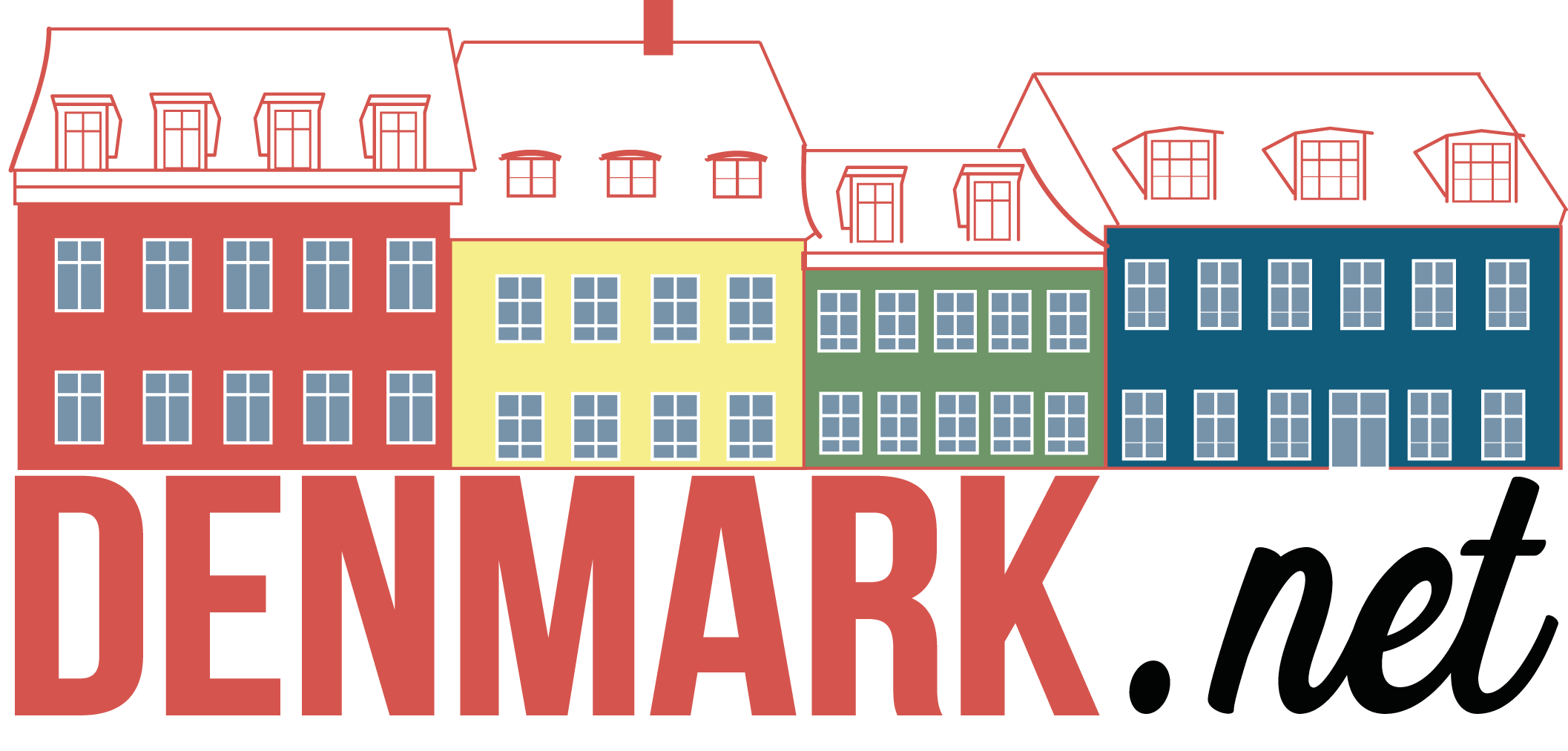
When visiting Denmark, the way you move through its towns, cities, and countryside will shape your experience of this picturesque Scandinavian country. Denmark is celebrated for its efficient public transport, cycling culture, and scenic roadways. Whether you’re traversing the streets of Copenhagen or cruising along Jutland, understanding the commuting options can make your trip more enjoyable.
Contents
Exploring Denmark by Public Transport
Denmark’s public transport system is highly efficient and also a great introduction to the country’s emphasis on sustainability. Copenhagen, in particular, is highly rated as one of the best cities in the world for public transport.
Trains, buses, and metros connect cities and towns seamlessly, ensuring that even small, offbeat locations are accessible. The national rail service, DSB, offers comfortable and timely trains, making it easy to travel between major cities like Aarhus and Copenhagen.
In Copenhagen, the metro system is a marvel of modern engineering, operating 24/7 and connecting central hubs to the city’s outskirts. This metro system is also the seventh-best metro system across European capital cities.
If you’re planning a day of exploration, consider purchasing a Copenhagen Card. For as little as $71, the card grants unlimited access to public transport as well as free entry to various attractions. Buses supplement the metro and train services, and their punctuality ensures you never waste a moment waiting.
The Joy of Cycling Through Denmark
Cycling is more than a mode of transport in Denmark; it’s a way of life. In fact, Denmark is what many call “a cyclist's paradise.”
With over 12,000 kilometers of bike-friendly routes, Denmark is one of the most bicycle-friendly countries in Europe as well as the world. Copenhagen, in particular, is renowned for its cycling culture, with dedicated bike lanes and infrastructure that prioritizes cyclists over cars.
Renting a bike is straightforward in most cities, and many rental services offer guided tours to help you discover the best local spots. For those wanting to explore rural areas, long-distance cycling routes like the Baltic Sea Cycle Route provide breathtaking views of the Danish countryside.
Electric bikes are also widely available, offering an effortless way to traverse longer distances.
While public transport and cycling are the most popular ways to get around, renting a car can be ideal for travelers wanting the freedom to explore Denmark’s less accessible regions. Danish roads are well-maintained, and the driving culture is notably disciplined and respectful.
Roads like the Marguerite Route are especially scenic, guiding drivers through charming villages, historic landmarks, and stunning natural landscapes. However, parking in urban areas can be expensive and limited, especially in Copenhagen.
Now, Denmark’s roads are generally safe. The country’s car accident rate is way below the European Union (EU) average. Even then, car accidents can still happen in Denmark. If you find yourself in a car crash while using a rental car, it’s essential to know how to navigate the situation.
The first step is to ensure everyone’s safety. Once the situation is under control, exchange contact information and insurance details with the other party involved.
Rental car companies typically provide insurance, but understanding the terms of your coverage beforehand can save you significant stress. In cases of serious personal injuries, consulting a personal injury attorney is vital. Personal injury law is designed to compensate victims for damages such as medical expenses and lost wages.
As told by TorHoerman Law, personal injury attorneys can guide you through the legal procedure, ensuring your rights are protected. Personal injury cases often involve meticulous documentation, including medical records and accident reports. Whether pursuing personal injury lawsuits or settling out of court, these records are critical in establishing liability and calculating compensation.
Traveling on Foot
Walking through Denmark’s cities and towns offers an intimate way to experience the country. Compact city centers like those in Aarhus or Odense are pedestrian-friendly, with charming streets lined with shops, cafes, and historical landmarks. Copenhagen’s Strøget, one of the longest pedestrian streets in Europe, is a must-visit for leisurely strolls and shopping.
For nature enthusiasts, Denmark’s national parks and coastal trails provide stunning opportunities for hiking. The Wadden Sea National Park, a UNESCO World Heritage site, offers breathtaking landscapes and wildlife.
Frequently Asked Questions (FAQs)
How popular is Denmark as a tourist destination?
Denmark is a highly sought-after destination for its unique blend of history, culture, and modernity. Iconic landmarks like Tivoli Gardens, The Little Mermaid, and Nyhavn attract millions of visitors annually. Known for its hygge lifestyle and sustainable practices, Denmark offers a charming, relaxed atmosphere. Its reputation for safety and hospitality further enhances its global appeal.
Why is Denmark known for cyclist-friendly roads?
Denmark is celebrated for its extensive network of well-maintained bike lanes and paths. Cities like Copenhagen prioritize cycling with dedicated infrastructure, traffic lights, and parking spaces for bikes. The government actively promotes cycling as a sustainable, healthy mode of transport.
How do locals commute around Denmark?
Danes predominantly rely on bicycles, public transport, and walking for daily commutes, reflecting the country's eco-friendly ethos. Efficient trains, buses, and metro systems connect cities and rural areas seamlessly. Many residents choose cycling for its convenience and health benefits. Cars are used sparingly, aligning with Denmark’s commitment to sustainability.
Commuting in Denmark is as much about the journey as it is about the destination. From the efficient public transport system to the cycling culture and scenic road trips, Denmark offers diverse and sustainable ways to explore its unique charm.
Whether you’re cycling through Copenhagen’s streets or driving through the country’s scenic roads, Denmark invites you to immerse yourself in its culture and natural beauty.


Be the first to comment